The story of tea, a beverage that has captivated the world for millennia, finds its origins in the ancient lands of China. It’s a tale that transports us back to 2737 BC, when the Chinese emperor Shen Nung, a figure renowned for his knowledge of herbs, found himself beneath a tree, witnessing the birth of tea. As the narrative goes, while his servant was boiling water nearby, a serendipitous breeze caused leaves from the tree to drift into the boiling pot. Intrigued by the aromatic infusion that resulted from this accidental blend, Shen Nung decided to taste it. Little did he know, his curiosity would lead to the discovery of a beverage that would stand the test of time, influencing food and culture across the globe.
Table of Contents
1. The Serendipitous Discovery of Tea
In the ancient lands of China, tea’s story begins with an unexpected twist of fate. Legend has it that Emperor Shen Nung, known for his herbal wisdom, stumbled upon tea quite by accident. While his servant boiled water, leaves from a nearby tree drifted into the pot, creating a fragrant infusion. Curiosity led Shen Nung to taste the brew, forever changing the landscape of food and drink.
a. The Legend of Shen Nung
Emperor Shen Nung’s reputation as a herbalist precedes him. Seeking remedies from nature, he found himself beneath a tree one fateful day. The leaves that fell into his boiling water sparked intrigue, prompting him to explore this newfound blend. Thus, the legend of tea’s discovery by Shen Nung was born, intertwining food, health, and nature in a single sip.
b. The First Sip: A Moment That Changed History
That moment when Shen Nung decided to taste the infused water marked a turning point in history. From this humble beginning, tea emerged as a beloved beverage with profound cultural significance. Its journey from an accidental infusion to a global staple showcases the transformative power of simple ingredients in shaping food traditions worldwide.

2. Tea’s Journey Across the Globe
Tea began in China but soon spread across the world, becoming a beloved part of many cultures. As traders traveled the Silk Road, tea went with them, reaching far-off places and introducing this unique beverage to new people.
a. Spreading Beyond China: The Silk Road and Beyond
The Silk Road was crucial in taking tea from China to the rest of the world. This historic trade route allowed tea to influence food and drink far beyond its origins, making it a global staple. As tea traveled, it became a bridge between cultures, welcomed as a warm gesture of hospitality.
b. Tea’s Influence on Global Cultures and Traditions
Every culture has made tea its own, incorporating it into their food traditions and daily lives. From Japanese tea ceremonies to British afternoon tea, it has become more than just a drink; it’s a way to connect and celebrate. Tea has also inspired various recipes, showing its versatility and global appeal in the food scene.
3. Tea in the Modern World
Today, tea remains as popular as ever, adapting to fit the tastes and trends of the modern world. It’s not just a relic of the past; it’s a thriving part of contemporary food culture, showing its versatility by appearing in various forms, from classic brews to innovative dishes and drinks.
a. From Ancient Brew to Contemporary Trends
While tea has ancient roots, it’s anything but outdated. Modern trends have embraced tea, with new varieties and flavors constantly emerging. From cold brews to tea-infused cocktails, it’s a staple in the ever-evolving landscape of food and beverages. Tea’s adaptability has allowed it to remain a favorite, blending tradition with innovation.
b. The Role of Tea in Today’s Food Culture
In today’s food culture, tea plays a multifaceted role. It’s not just a beverage to enjoy on its own but also a key ingredient in cooking and baking. Chefs and food enthusiasts use tea to infuse foods with unique flavors, from savory dishes to sweet treats. Tea’s presence in the food scene is a testament to its enduring appeal and versatility, making it a beloved ingredient and beverage worldwide.
4. Conclusion: The Timeless Appeal of Tea
Tea’s journey through time is a testament to its unwavering charm and enduring significance in the world of food and beverage. From ancient China to the modern world, tea has remained a beloved companion, enriching both culinary experiences and social connections. Its soothing aroma and comforting warmth have transcended generations, making it a timeless favorite among people of all ages and cultures.
a. Tea’s Lasting Legacy
Tea’s legacy in the realm of food and drink is profound and enduring. Its influence extends far beyond just being a beverage; it has become a symbol of hospitality, comfort, and tradition. Across the globe, tea plays a vital role in social gatherings, family meals, and cultural celebrations. Its versatility in both hot and cold forms makes it a versatile ingredient in countless recipes, from soothing soups to refreshing desserts. As we savor the last drop of our cup of tea, we are reminded of its lasting impact on our culinary experiences and the connections we share over shared meals.






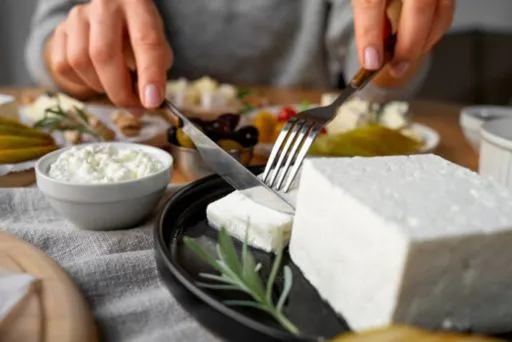


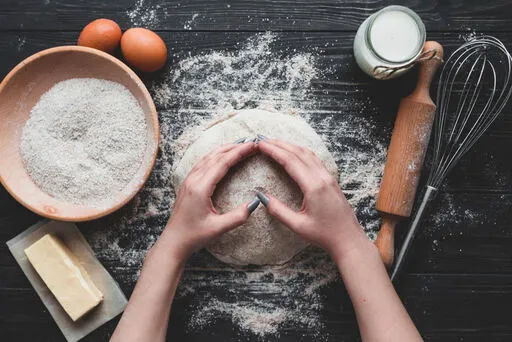




















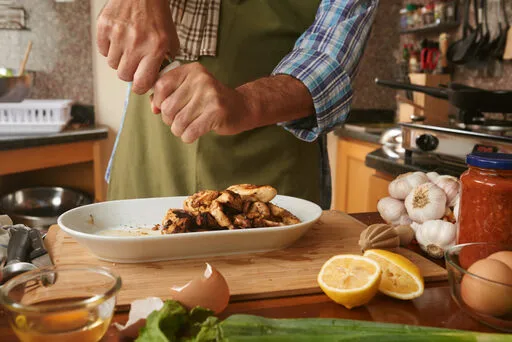


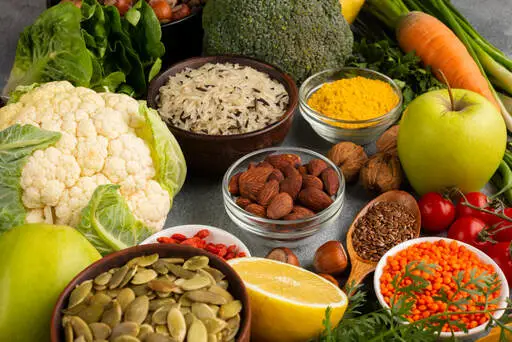





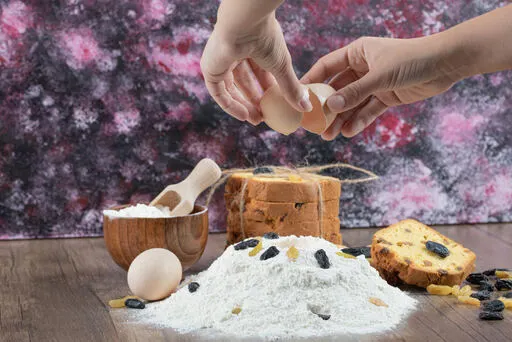





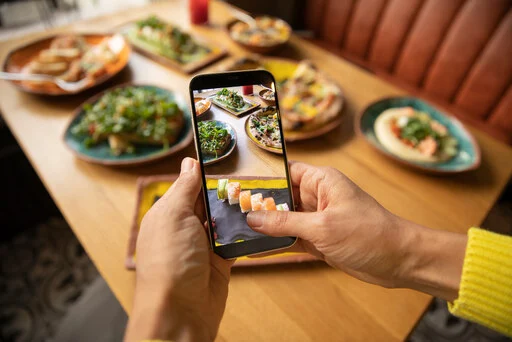






2 Comments
Very intersting and full of facts
Thanks for your nice comments.